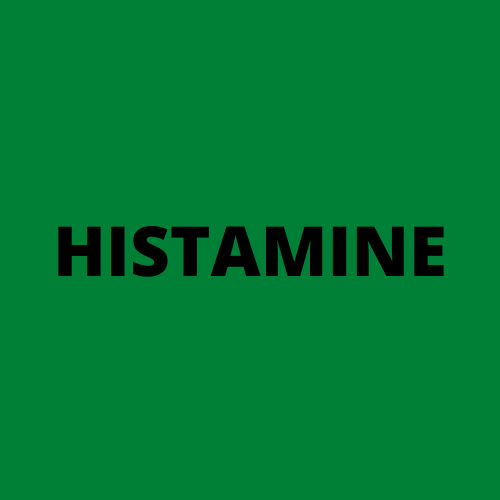
MANGO ALLERGY
Key Allergens
Mangoes have been shown to contain plant profilin proteins. These are panallergens with the potential to cause allergic reactions over many groups of foods.
Mangoes also contain chitinase proteins and Bet v 1 protein.
Mango kernels can be pressed for oil which can be used in soap manufacture. It can also be made into mango butter which is used in cosmetics.
Mangoes also contain limonene, which is a component of the oils found in the peel of certain fruits. Limonene is a well known skin irritant - so may cause sufferers to react to the skin whilst being able to eat or drink the fruit.
A recent study showed melon contained defensin proteins. This is likely linked to a Pollen Food Allergy.
Food Intolerances



Mango is a food low in histamine, so is suitable for people following a low histamine diet.
Mango is a low FODMAP food. FODMAP stands for Fermentable oligosaccharides, disaccharides, monosaccharides and polyols. Foods high in FODMAPs can cause symptoms of food intolerance, affecting the gastro intestinal system and this can be mistaken for a true IgE food allergy.
Mango is a food low in salicylates. These have the potential to cause gastrointestinal food intolerance symptoms in people who are sensitive to salicylates.
You can read more about Food Intolerances on the dedicated Food Intolerance Page.
Associated Syndromes
Allergy to mango is linked to Celery-Mugwort-Spice Syndrome, which is a subtype of Pollen Food Allergy Syndrome. This syndrome affects individuals who have become sensitised to pollen and then have oral allergy type symptoms to foods with similarly shaped proteins. The most common form of Pollen Food Allergy Syndrome is the one caused by birch tree pollen. In Celery Mugwort Spice Syndrome the sensitising pollen is mugwort.
The plant involved in latex allergy Hevea brasiliensis , the rubber tree plant, has an allergen called Hev b 8 which is a profilin protein and Hev b 11 which is a chitinase protein. Those very sensitised to latex may have a contact allergic reaction from other foods or plants containing profilin proteins or chitinases. This is called Latex Food Syndrome.
Cross Reactivity
Those with a sensitivity to latex may have linked allergies to foods which contain high levels of chitinase, like avocado, banana, chestnuts, corn (maize), kiwi, papaya, pomegranate and tomatoes.
Profilins are also found as food allergens in kiwi, celery, peanut, chilli, watermelon, orange, hazelnut, melon, carrot, strawberry, soya, walnut, lychee, lupin, apple, cherry, almond, peach, pear, mustard, tomato and aubergine.
Lots of plants contain Bet v 1 proteins including almonds, apple, apricot, carrot, celery, cherry, chestnut, soya, halzelnut, kiwi, melon, mung beans, peach, peanut, pears, plum, raspberry, straberry, tomatoes and walnuts.
Other plants containing profilin inhalant allergens are ragweed, wormwood, birch, sunflower, olive, plantain, poplar and oak.
Defensin proteins are also found in peanut, celery, celeriac and sunflower seeds.
Please note that the list of foods above is not exhaustive, the most up to date information is on the Cross Reactivity Tool.
Resources
Websites
Allergy information for: Mango (Mangifera indica)
ATP Science - Salicylate Food List
Articles and Journals
High pan-allergen content in mango and peach in Taiwan, 2023
The Role of Defensins as Pollen and Food Allergens, 2023
Anaphylaxis from mango puree contaminated by mango seeds, 2022
Allergy to mango: a phenomenon that needs to be highlighted, 2022
Anaphylaxis to mango fruit, 2022
Mango chitinase is a major allergen in Chinese pediatric patients, 2018
Anaphylactic reaction in patient allergic to mango, 2018
Hypersensitivity manifestations to the fruit mango, 2011
Identification of a 27 kDa Protein in Patients With Anaphylactic Reactions to Mango, 2008
Anaphylaxis Following Ingestion of Mango Fruit, 2007
Characterization of cross-reacting allergens in mango fruit, 2001
"Latex-fruit syndrome": frequency of cross-reacting IgE antibodies, 1997
Allergy to pistachio: cross reactivity between pistachio nut and other Anacardiaceae, 1995